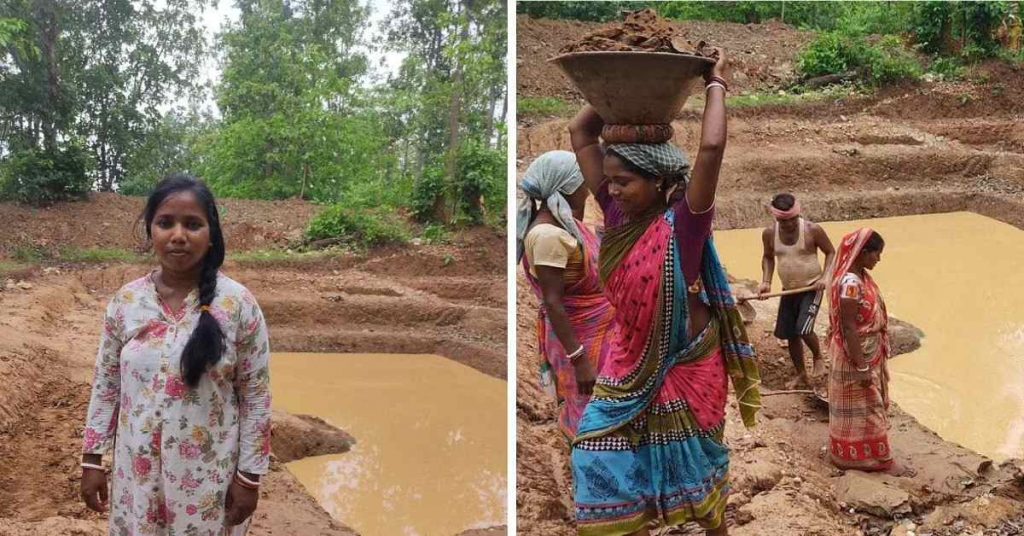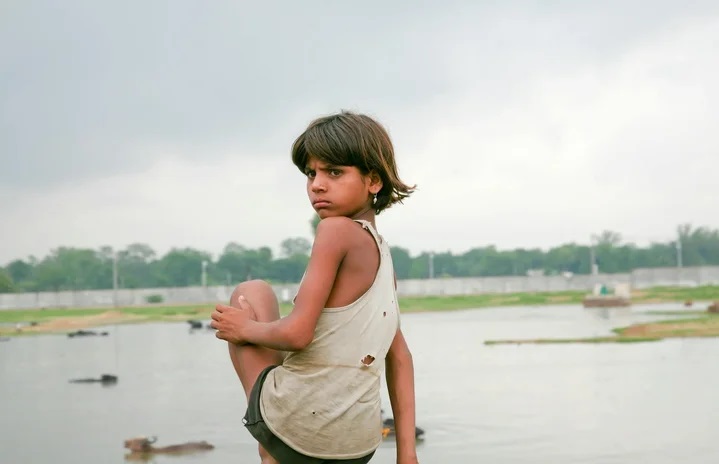Woman Helps Parched Village Build Over 1000 Water Saving Structures

Water is essential for our existence. However, there are still so many villages in India that are water-stressed. 22 March is celebrated as International Water Day. Let us learn about an unsung water champion of India.
The stubborn land of Jhargram in West Bengal allowed its inhabitants to grow only one crop, that is Paddy. And that too, only during the monsoon. For the rest of the year, the villagers sustained their lives by collecting firewood foraging for food, hunting animals, making ropes or doing menial jobs. This has been like this for generations until Lilabati Mahata – a 31-year-old water champion. Her inventions and efforts have made it possible for these villagers to grow vegetables all seasons and thereby make a living for themselves.
A pivotal part of the Chota Nagpur Plateau, Jhargram became West Bengal’s 22nd district in 2017. It was split from Paschim Medinipur and has a particularly severe drought situation. Though the region receives about 1,400 mm of rainfall between June and September, due to lack of water conservation and irrigation management, the rainwater flows from upland to downstream joining the river resulting in severe water stress and frequent crop failure.
In this water-stressed region Lilabati Mahata, an agricultural labourer, mobilised hundreds of village women to erect and lay water conservation structures and became the ‘water champion’ recognised by UNDP (United Nations Development Project).
Lilabati was married at the age of 16, and she had to leave her college studies after the first year since she had to take care of her daughters. The family turned to agriculture when the in-laws refused to support them. Lilabati’s husband soon moved to another city to find a job and he used to send her some money. In 2011, Lilabati started a self-help savings group (SHG) with women of her neighbourhood and over the next few years, it accumulated decent savings. She leased land to grow vegetables and earned around Rs 1,20,000 with that. This is how the villages recognised her and started coming to her for advice. They understood that they can also make money without actually owning the land.
It was in 2014 that PRADAN (Professional Assistance for Development Action), a non-government, non-profit organisation that works across seven of the poorest states in the country, engaged Lilabati to promote new farming practices amongst the farmers that were less water-intensive. “I was chosen because I was the most educated in the village. I learnt how to prepare a field before sowing, maintaining soil moisture using mulch, nourishing the soil with vermicompost and most importantly preserving the groundwater,” Lilabati said in an interview to The Better India.
Lilabati and the villagers felt the need for a pond to sustain water for irrigation, however, the Panchayath refused to fund the pond. But Lilabati did not give up. She along with 500 women from the village made the pond a reality by relentless work and determination.
Lilabati has successfully educated her villagers on issues such as soil and moisture conservation and regeneration of natural resources, resource mapping, patch demarcation and problem identification. Through her efforts, she has succeeded in making the villagers adopt efficient water use in agriculture. So far 1,250 households, spread across 85 villages have adopted water conservation methods.
“In the last six years, we have built over 1,000 staggered trenches, contour bunds, filtration pits, seepage tanks, etc., which helps irrigate agriculture plots,” Lilabati says. The villagers now grow various vegetables in all seasons and use them for daily use and even sells them for an income.
Credits: The Better India
-Staff Reporter









